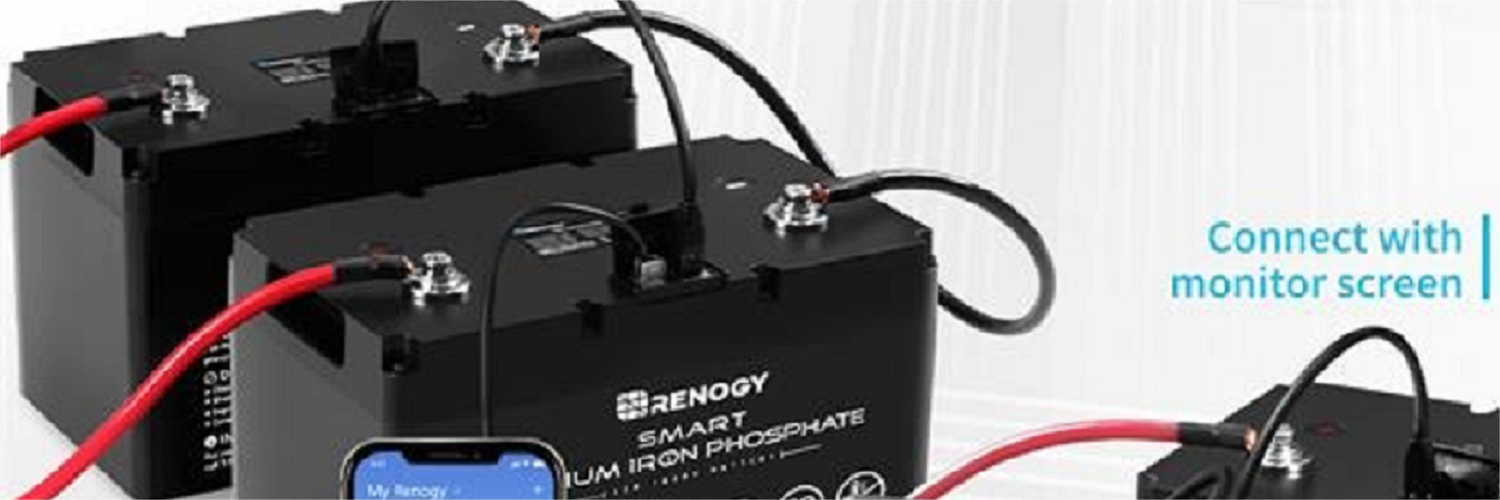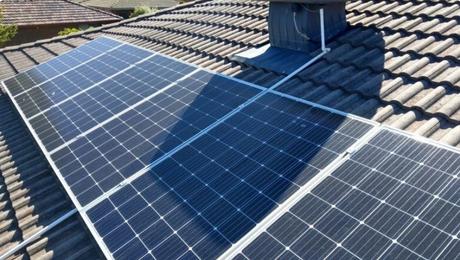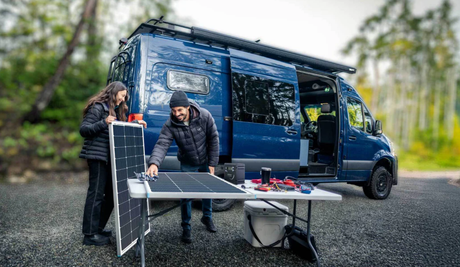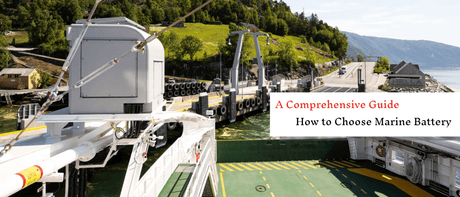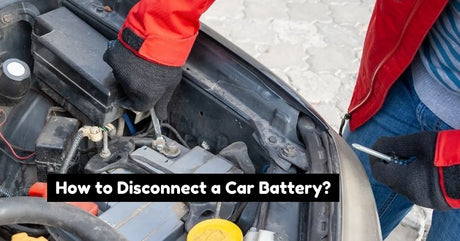Solar power continues to grow in popularity throughout Canada, but many households may find they still need to rely on grid energy at night or during the winter months. But with the addition of a backup battery, you can reduce your reliance on the grid. It’s now easier than ever to further lower your electricity costs by converting your grid-tied solar system to a hybrid model.
If you've already installed a grid-tied solar system, you may be able to add a backup battery and make your system even more cost-efficient. A hybrid solar model will give you greater energy independence, lower your monthly utility bills year-round and help offset your carbon footprint.
Why switch now? The initial upfront costs of installing solar panels in Canada have reduced around 90% over the past ten years while traditional electricity costs continue to rise. Installing a solar panel with the addition of a backup solar battery has never been more affordable or practical. The solar ROI is well worth the investment in a future with greener energy.
Read on to learn how you can add a backup battery to your existing grid-tied solar system.
What is a hybrid solar system?
Hybrid solar power systems combine many of the best benefits of both grid-tied and off-grid solar power systems. Your hybrid solar system is still tied to the utility grid and uses a backup battery.
The hybrid setup is in many ways an ideal solution that allows you to store your own solar power. With this setup, you can save your solar power in a battery or battery bank for emergencies. But, unlike an off-grid system, you can still benefit from the financial benefits of feeding surplus electricity back to the grid.
Canadian households can become almost energy efficient with a hybrid solar system while still getting refunds from net metering and other Canadian grid-tied incentives.
How does a hybrid solar system work?
A typical grid-tied solar power system will only power your home directly during sunlight hours. During off-peak sunlight hours or at night, you will pull energy from the grid, which you are charged for. Those energy bills can still be quite high in the long winter months, even after the daytime savings.
With a hybrid system, you store energy during the day in your solar battery. You will draw from energy from your own battery in the evening instead of buying it from the utility grid. But, if sunlight levels are low, you still have the grid as a safety net, so even on the darkest day, you won't ever be without power.
Batteries are also highly beneficial in emergencies. If a power outage occurs, your solar battery will turn on and disconnect from the distribution panel. If you have frequent blackouts in your area, a backup battery can be well worth the investment, even just for emergency use.
Benefits of a hybrid solar system:
- Lower electricity bill costs
- Always have a power source in any situation
- Tap into state-issued solar incentives or rebates
- Potential to access to net metering refunds
How do backup solar batteries work?
Backup solar batteries are an effective home energy storage system that provides your home greater energy independence.
But how do they work?
Sunlight hits your solar array and gets converted into an electrical current. The solar panels will then produce Direct Current (DC) electricity, either kept as DC power or converted to AC power.
With a hybrid system, your house is always the priority to receive solar power. The solar panels will feed your lights, electronics, and appliances whenever they need electricity. But on a beautiful sunny day, you often don't need much power, so the energy output from the system can exceed your home's demands.
When you have excess energy, it can either flow to a battery for storage or go back to the grid. In a grid-tied system, the power can only go back into the grid. In many cases, you will be refunded for this excess energy through a system which is known as net-metering, where the utility provider gives you a bill credit for the energy.
But in the evening, when your panels aren't producing energy, you'll need to buy electricity from the grid. With a grid-tied system, you'll find that when there's a power outage at night, you'll likely lose power like everyone else. But if you add a backup solar battery, you give yourself more energy options in an emergency and lower your reliance on the grid.
If you have a backup battery, the extra electricity produced from the system can flow into the battery and charge it.
Backup solar batteries capture any excess solar power to be most beneficial to the homeowner - not the utility companies! The benefits of a backup battery are best illustrated during a power outage or as a way to reduce your electric bill.
What backup solar batteries are compatible with your panels?
Different solar setups will be compatible with different batteries. The ideal battery choice for many hybrid systems is a lithium solar battery.
A lithium battery is a high-performance battery that can handle the needs of a hybrid solar system. Hybrid systems need high-quality batteries that can cope with their frequent discharge rates - while still operating efficiently. A typical off-grid solar power system will store enough power for a few days. Comparatively, hybrid solar power systems are used more frequently and often need to be charged and discharged daily.
Lithium batteries are the best choice for hybrid models because they are suited to frequent usage. A lithium battery also has several benefits compared to lead-acid batteries: more compact, lighter, and low-maintenance. Plus, they don't emit any hydrogen gas. However, the con of lithium batteries is they are typically a more expensive battery option.
Adding a battery to your grid-tied solar system
There are several different ways you can add a backup battery to a grid-tied solar system. Your initial setup will usually determine the method you choose. Some systems may require you to purchase more components than others to do a conversion.
Solar buffer battery
The simplest way to connect a battery to an existing grid-connected system is to add it between the grid-interactive solar inverter and solar panels. Using this 'solar buffer battery method,' the electrical current flows into the solar battery during the day. Then at night, the DC will flow from your battery to the solar inverter. From the inverter, it goes to your home's switchboard. The inverter in this setup doesn't even recognize the addition of a solar battery.
For this solar installation to work as a proper solar buffer, you should also install a sensor at the switchboard. Then, if the house starts to import electricity from the utility grid, the battery should discharge. But if the house is starting to export energy, then the battery will charge.
AC-coupled inverter-charger
In this method, the battery is kept separate from the existing grid-interactive inverter. Instead, you wire it to the house switchboard. For this conversion,an inverter charger will also be required to convert the energy. Batteries use DC energy, so an inverter-charger is necessary to convert the power to AC use for household appliances.
A sound AC-coupled hybrid solar system is ideal in emergencies. It can disconnect from the mains and go completely off-grid if you need it to! However, it may not be big enough to run the whole house full-time.
DC coupling
With the DC coupling method, you connect your solar panels directly to a battery bank using a charge controller. This method is similar to an off-grid system and requires you to purchase additional charge controllers.
This method is compatible with a wide variety of battery bank sizes and off-grid inverters. However, the DC coupling method can be quite inconvenient and high maintenance. This method requires you to physically be present to switch the system from grid-tied to off-grid mode. The DC-coupled system must be manually changed to start charging the batteries. If you forget or aren't home, your battery bank won't recharge.
Storage Ready Solar Systems
Solar batteries have become significantly cheaper but are still one of the more expensive solar components. If you can't afford to add batteries initially, you can still add them in the future. If you want to future-proof a new solar panel system, you should choose a storage-ready solar system. These solar panel kits are easy to connect to a range of batteries, so your options are open to add a backup battery later. When getting installer quotes, you should ask how easily batteries can be integrated.
>Backup your solar power system
Canadians are increasingly adopting more sustainable energy sources. But the dark Canadian winters and historically high costs of solar batteries may have held some people back from making a switch to solar power. However, as battery prices decline, it's becoming more affordable to install hybrid solar systems that work efficiently year-round.
A hybrid solar power system is now a more viable and popular option for Canadian homeowners. These systems are arguably the most sustainable, reliable, and long-term cost-effective method to control your power supply. With a hybrid solar power system, you can provide your energy most of the time, safe in the knowledge that the battery or grid are there as safety nets.

